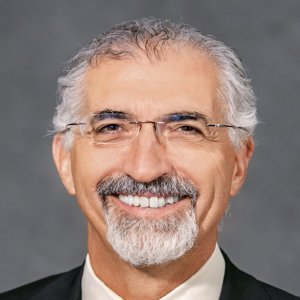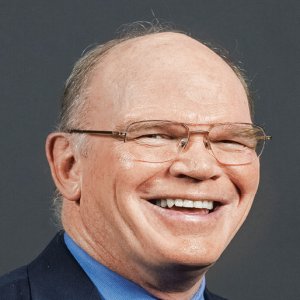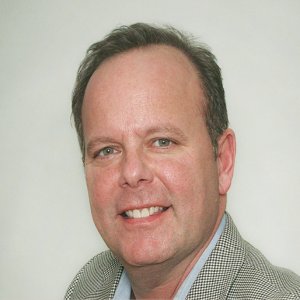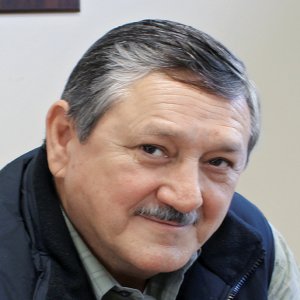Developing the World's Largest Gold and Silver Mine

STORY INLINE POST
Chesapeake Gold discovered El Sauzal in Chihuahua state, and the discovery then went on to become the largest gold mine in Mexico until about five years ago, attracting a stampede of Canadian investment and exploration activity in the country. Although Randy Reifel, Chespeake’s President, believes that the country has high potential mineral discoveries, there are also increasing challenges compared to 10 years ago. “Security is a growing issue and negotiating with the ejidos has become more engaging and costly. Fortunately, over time we have developed a network and gained the trust of the communities where we work,” he shares. This conflict also extends to government policy, he says. While in Durango and Sinaloa he has seen a strong political will to see projects advanced to construction, the new tax policy has made Mexico less competitive than other nations. “However, Chesapeake is an exploration company, and as such the low commodity prices don’t directly impact our day to day operations,” he explains. For exploration, weaker metal prices sometimes provide opportunity to generate more prospects that otherwise might not be available since capital markets affected by bearish metal prices will impact liquidity and access to financing.
Chesapeake has worked in several states in both northern and southern Mexico and Reifel shares details of his most memorable experiences. “In Oaxaca, we had a very difficult time doing business with the communities in terms of educating them about the mining process especially from a grassroots perspective,” he comments. “From our experience, the cost of doing business and social license is higher in Oaxaca than our experience in northern Mexico.” As a result, the company decided to focus its exploration efforts more in the north, and it currently has projects in Durango and Sinaloa. In fact, Chesapeake recently completed an updated pre-feasibility study on its Metates mine in Durango, which is the largest undeveloped gold and silver deposit in Mexico. “The pre-feasibility study demonstrated that Metates has the option to be built as a smaller mine producing 30,000t/d, and internal cash flow can largely fund the operation to full scale capacity of 90,000t/d,” Reifel boasts. Few world class deposits are scalable due to their remote location, lack of infrastructure, and other factors.
Reifel shares that, after having de-risked the project and providing scalable alternatives for its future development, Chesapeake’s focus over the next 12-18 months will be to explore and advance other projects around Metates. “We believe developing an organic pipeline will add dimension and value to a large industrial complex that will one day be built at Metates,” he explains. This de-risking process required several considerations to be made. Large scale mines like Metates require significant water and power, and the Mexican government’s construction of a natural gas pipeline down the west coast has resulted in low cost, clean energy for the project. Regarding water, the government raised the tariff rate by 100 percent last year, and with a life of over 25 years, the mine’s future water availability and the cost of the resource is uncertain. “Fortunately, Metates is relatively close to the Pacific Ocean and uses low cost energy,” Reifel points out. “The recent pre-feasibility study incorporates desalination as the water source, which ensures long term supply and much less stakeholder risk.”
“We have been undertaking regional exploration around Metates seeking new potential bulk tonnage gold and silver prospects, and currently we have three,” Reifel divulges. One is located 40km north of Metates, one 11 km south of Metates, and the third is located near the proposed plant facilities. As a mine that is tipped to become one of the largest gold and silver mines in the world Reifel anticipates that the development of Metates will entail the construction of major civil infrastructure, process plant, power network, water facilities, and modern camp facilities. He highlights that the tailings management system Chesapeake uses is also important. “The first gold mine in Mexico utilizing dry stack tails was our El Sauzal mine, which was a great success,” he explains. “Likewise, we have incorporated dry stacked filtered tails instead of a wet tailings storage compound at Metates.” Filtered tailings increase the capital and operating costs but the long term benefits include water conservation through recycling over 50 percent of the water, lower environmental risk, and greater stakeholder support. “The dry stacking system at Metates is innovative in that we will have concurrent reclamation during the mine life by covering the waste rock with the filtered tailings,” he comments. “This integrated system will mitigate acid rock drainage and allow plants and trees to grow as the mine is in operation.”
The time taken to advance this project to full feasibility will be approximately two years, Reifel predicts. “Many experts believe that gold mine production has peaked and will decline in the years ahead," he declares. "Discoveries of new significant gold deposits are scarce and some countries are not miner friendly. We strongly believe gold producers will need to replace reserves, in many cases through M&A activity.” Chesapeake, however, will focus on developing an organic pipeline of satellite deposits that could see the Metates camp become one of the largest gold and silver producers in the world for 30-40 years.

















